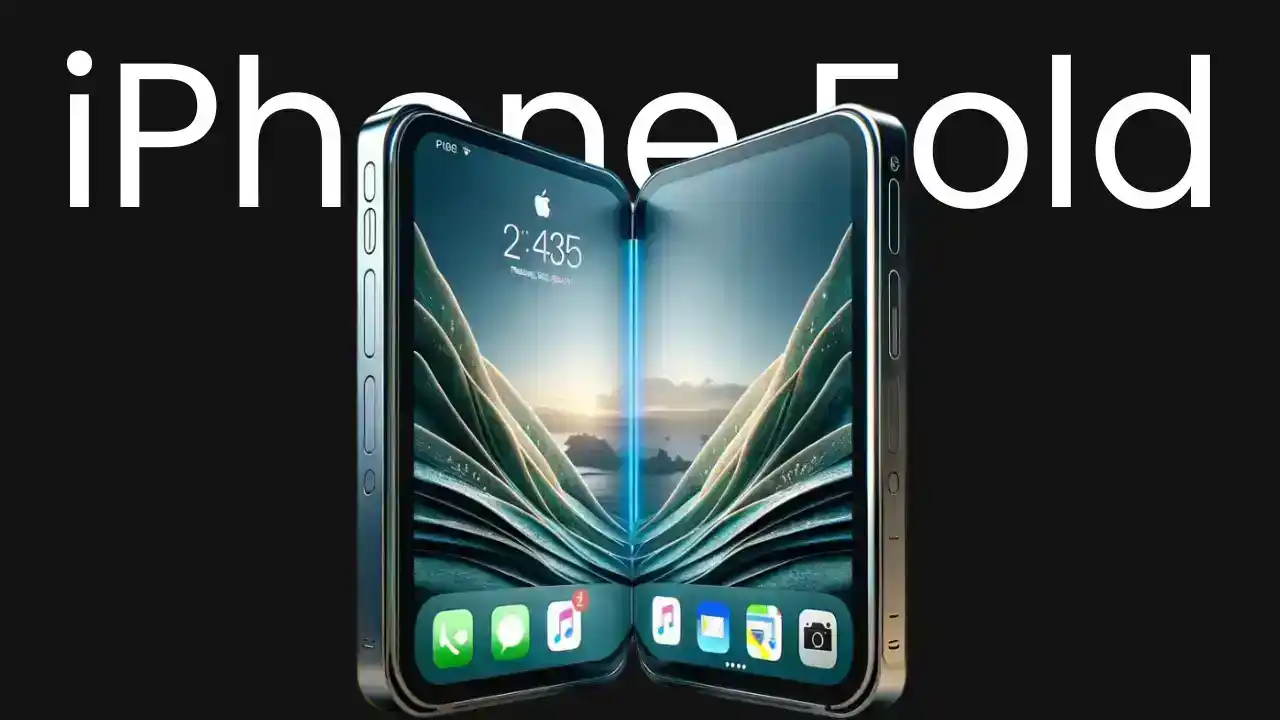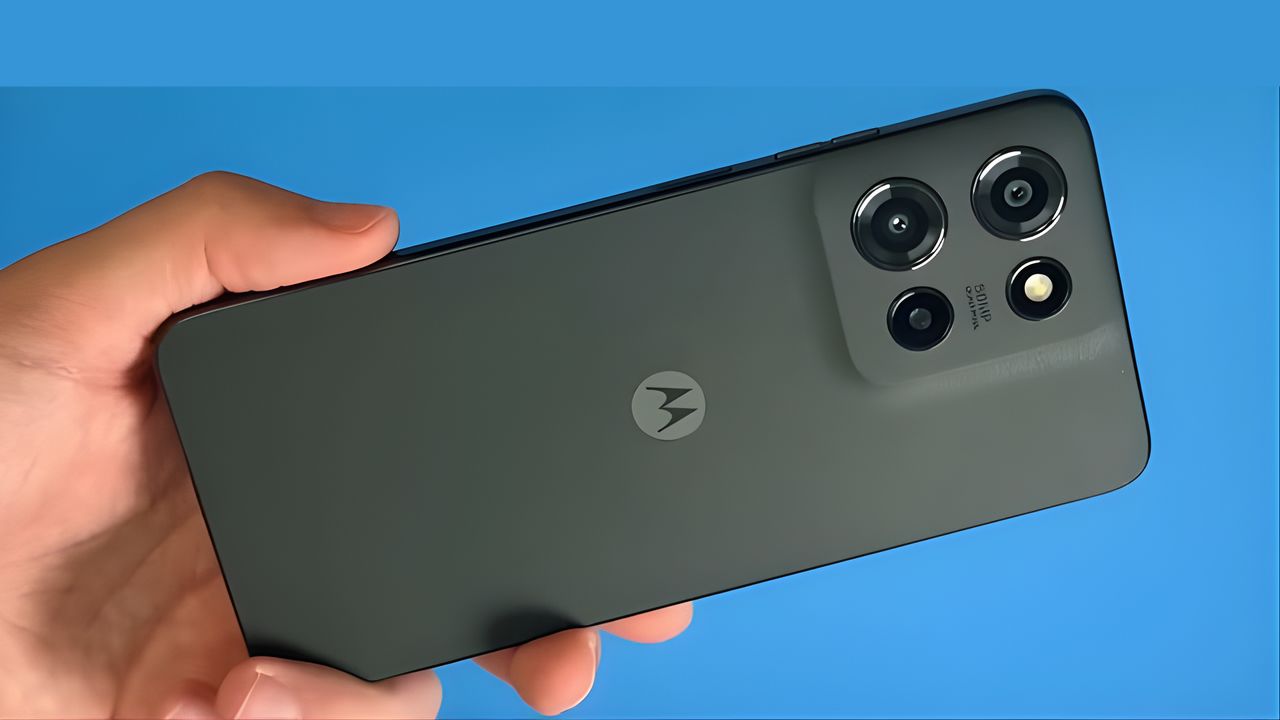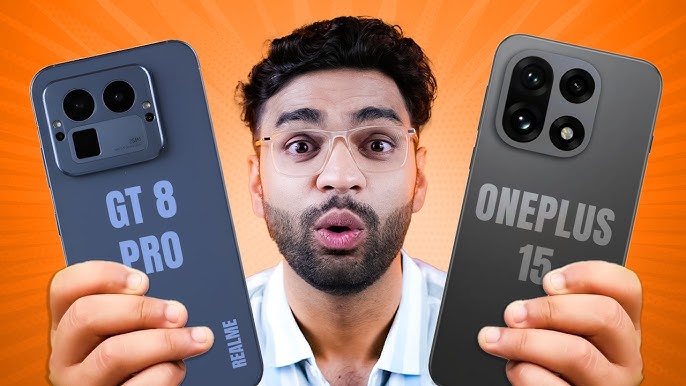Apple is preparing to enter the foldable smartphone market, and reports suggest the company’s first foldable iPhone could arrive in late 2026. While competitors like Samsung and Google have already explored foldable devices, Apple’s take is expected to stand apart — blending its signature design with premium materials and cutting-edge engineering.
A Design Inspired by iPhone Air
The foldable iPhone is rumoured to resemble two iPhone Airs placed side by side. Instead of a chunky fold, the device is expected to offer a seamless wide display that opens up like a compact tablet.
- Ultra-thin titanium frame for strength without bulk
- Lightweight design inspired by the iPhone Air series
- Refined hinge engineering aimed at durability and smooth folding action
This approach indicates Apple is prioritising thinness and elegance over experimental shapes.
Display & Form Factor
- 7.9-inch foldable display when fully opened — bridging the gap between a phone and an iPad Mini
- Slim bezels and an edge-to-edge viewing experience
- Likely integration of Ceramic Shield technology or its next-gen version for scratch and crack resistance
The foldable design is expected to enable new multitasking features, with apps running side by side in a way traditional iPhones can’t.
Price Expectations
Apple’s foldable iPhone will be positioned as a luxury flagship product. Early estimates suggest a price tag of around $2,000 (₹1.65–1.7 lakh in India). That would make it one of the most expensive iPhones ever released, aimed initially at early adopters and professionals seeking productivity.
Production Strategy
- Manufacturing base: Predominantly in China, where Apple’s supply chain for advanced displays and components is strongest.
- Design influence: Builds upon the iPhone Air’s ultra-thin blueprint, showing Apple’s long-term plan to evolve towards foldables.
Why This Matters
Apple has historically entered new product categories later than rivals but with a refined vision. Just as it did with the iPod, iPhone, and Apple Watch, the foldable iPhone may not be first — but it could set the standard for design, usability, and ecosystem integration.
- It promises tablet-like utility without giving up iPhone portability.
- It may redefine how multitasking, gaming, and media consumption work on iOS.
- The premium pricing ensures it will likely be a niche product at first, but it sets the stage for mainstream adoption later.
Final Word
The foldable iPhone isn’t just about bending screens — it’s Apple’s attempt to merge power, elegance, and versatility into a single device. If the 2026 timeline holds, this could be the most ambitious iPhone ever, reshaping expectations for smartphones in the years ahead.








